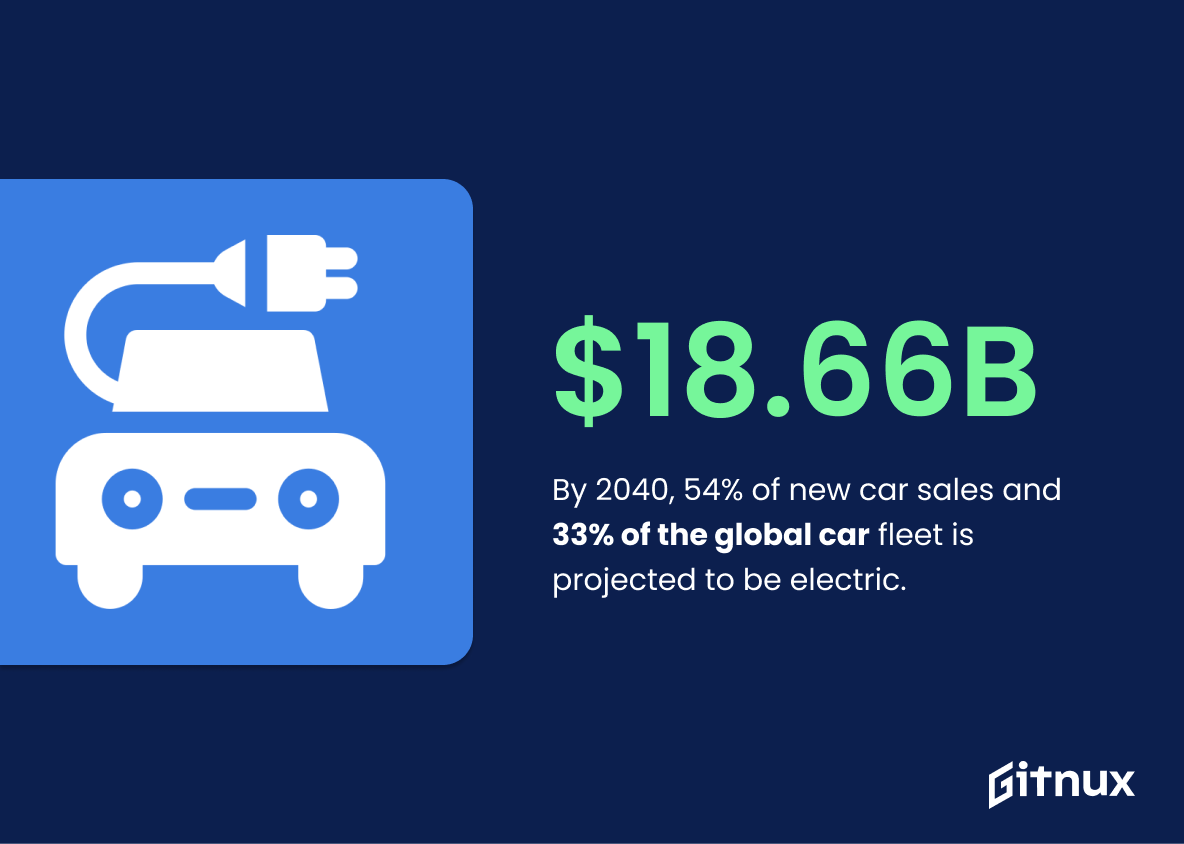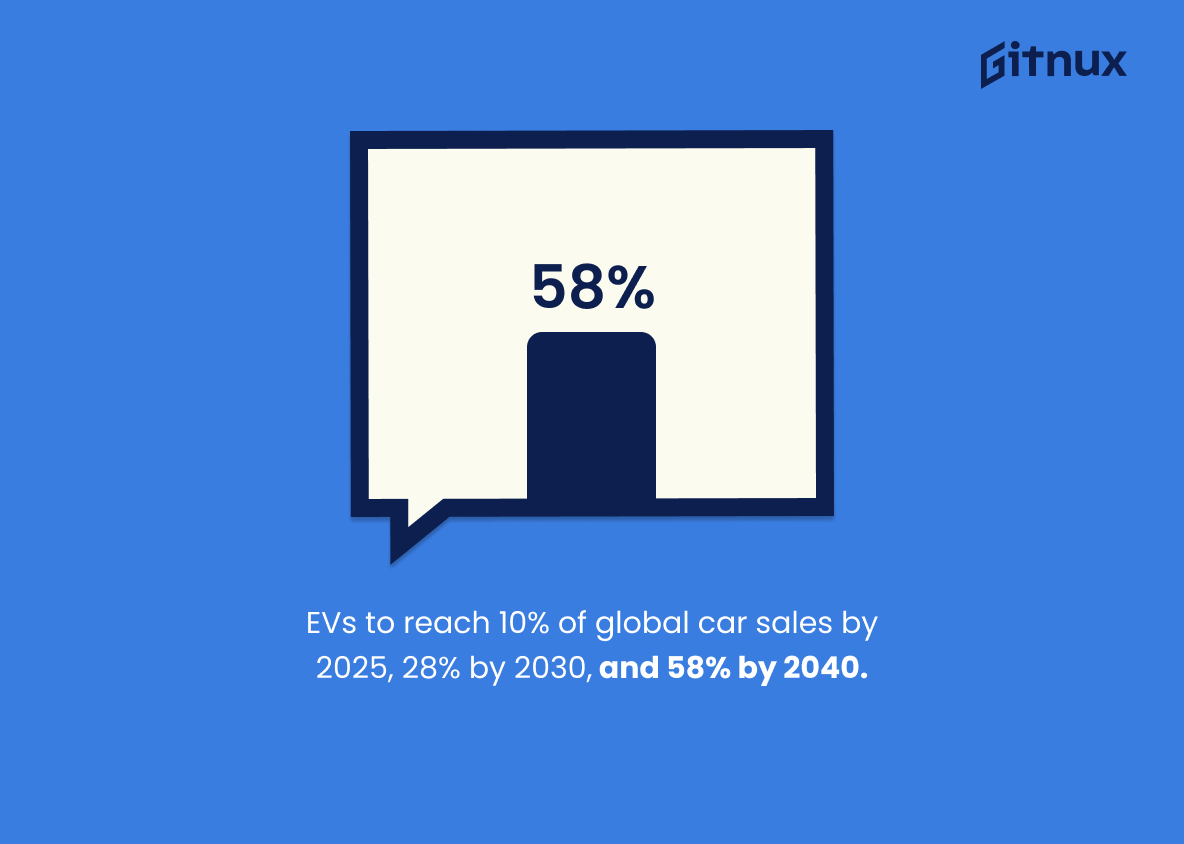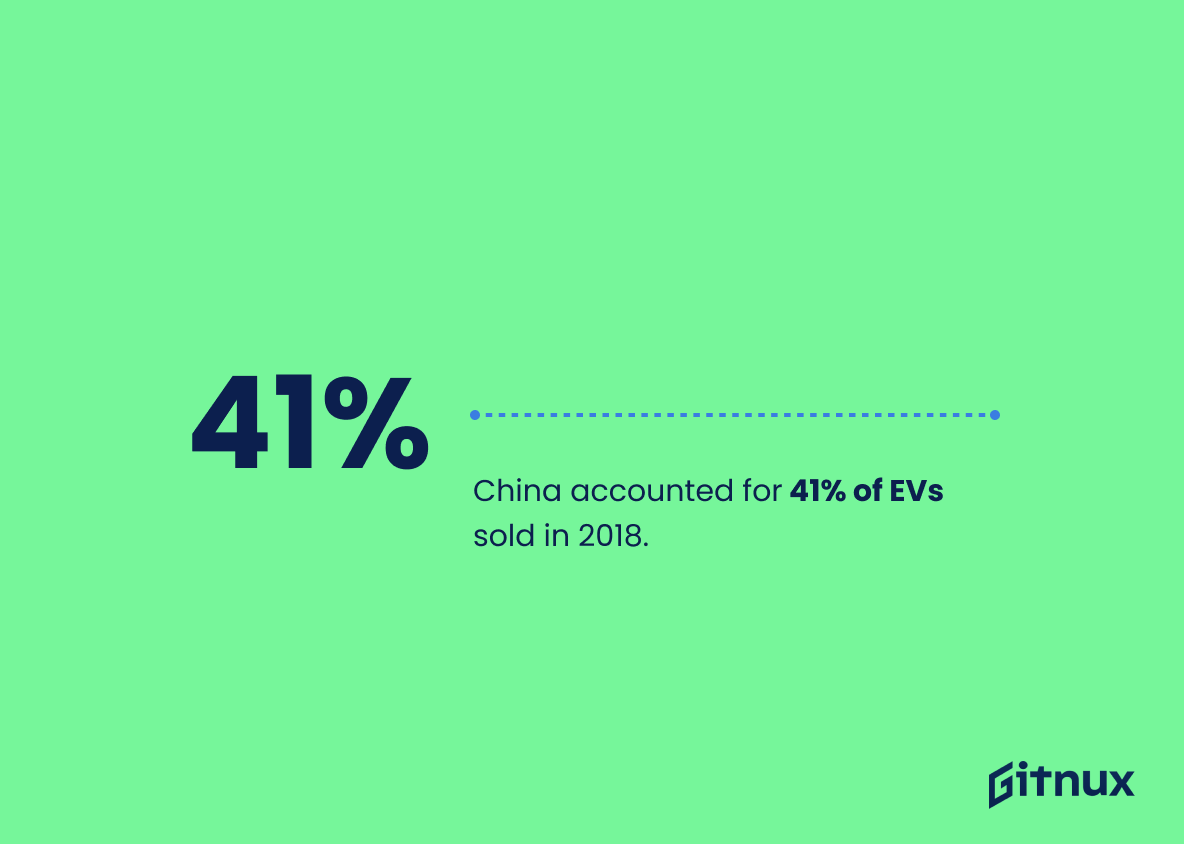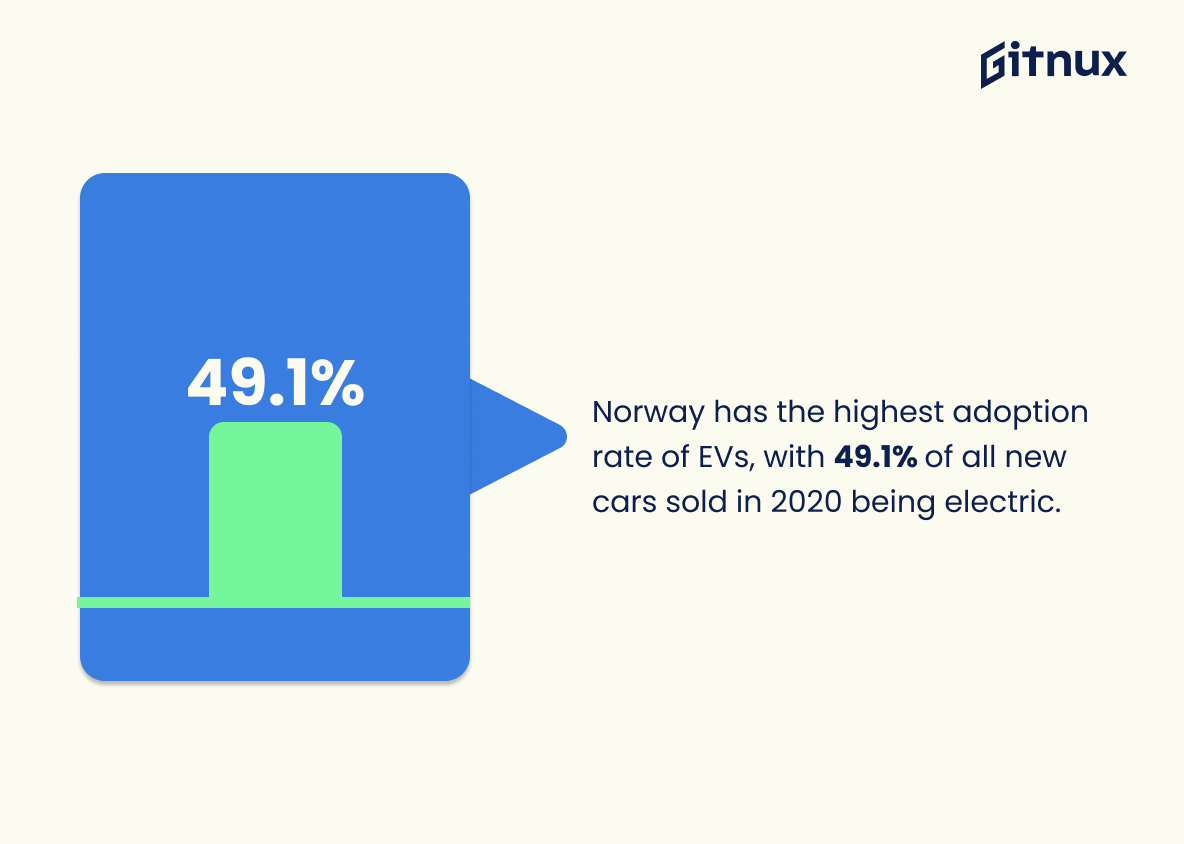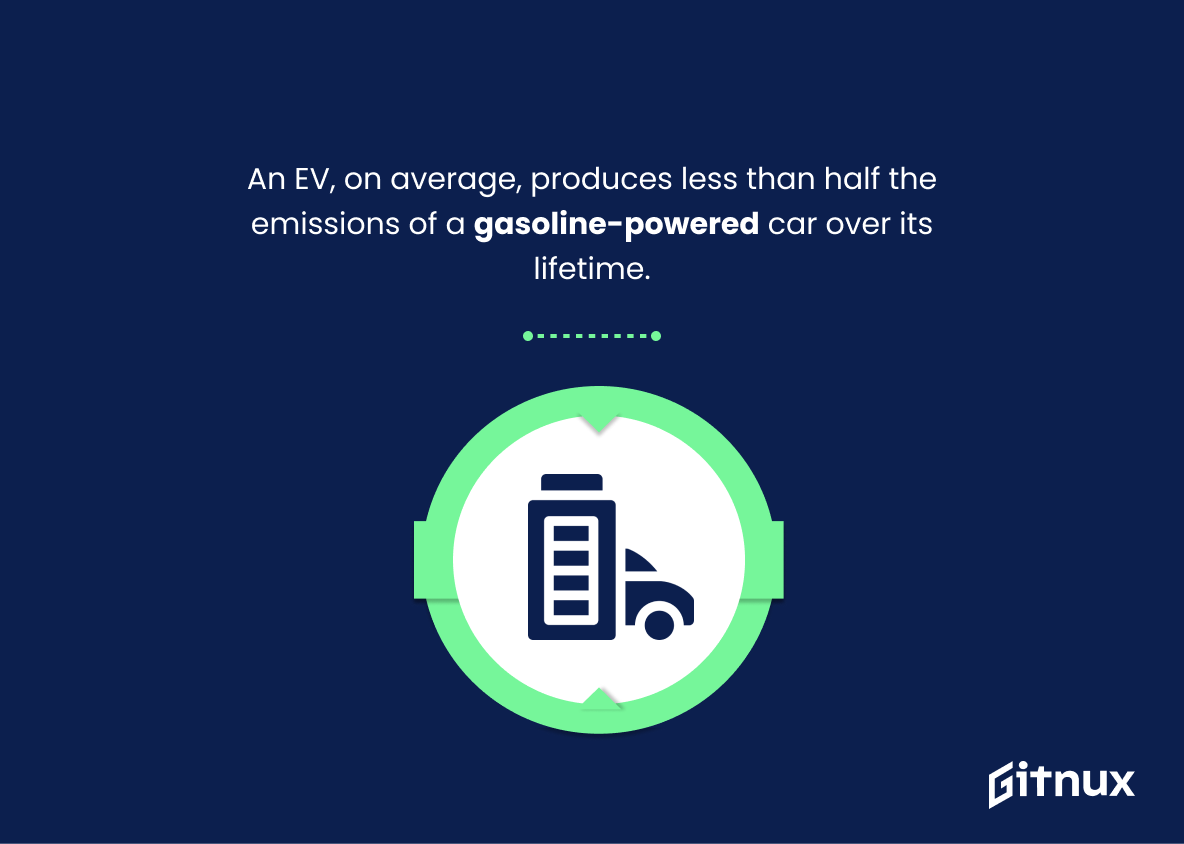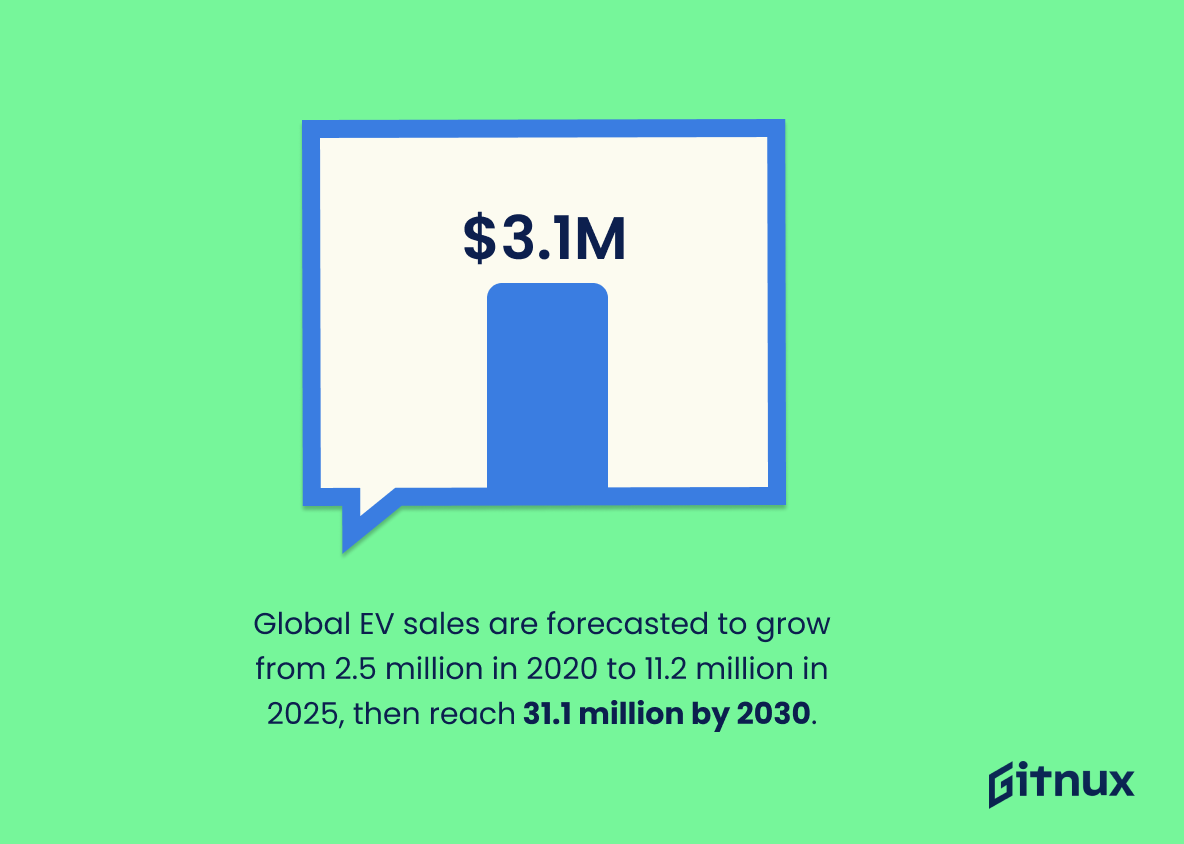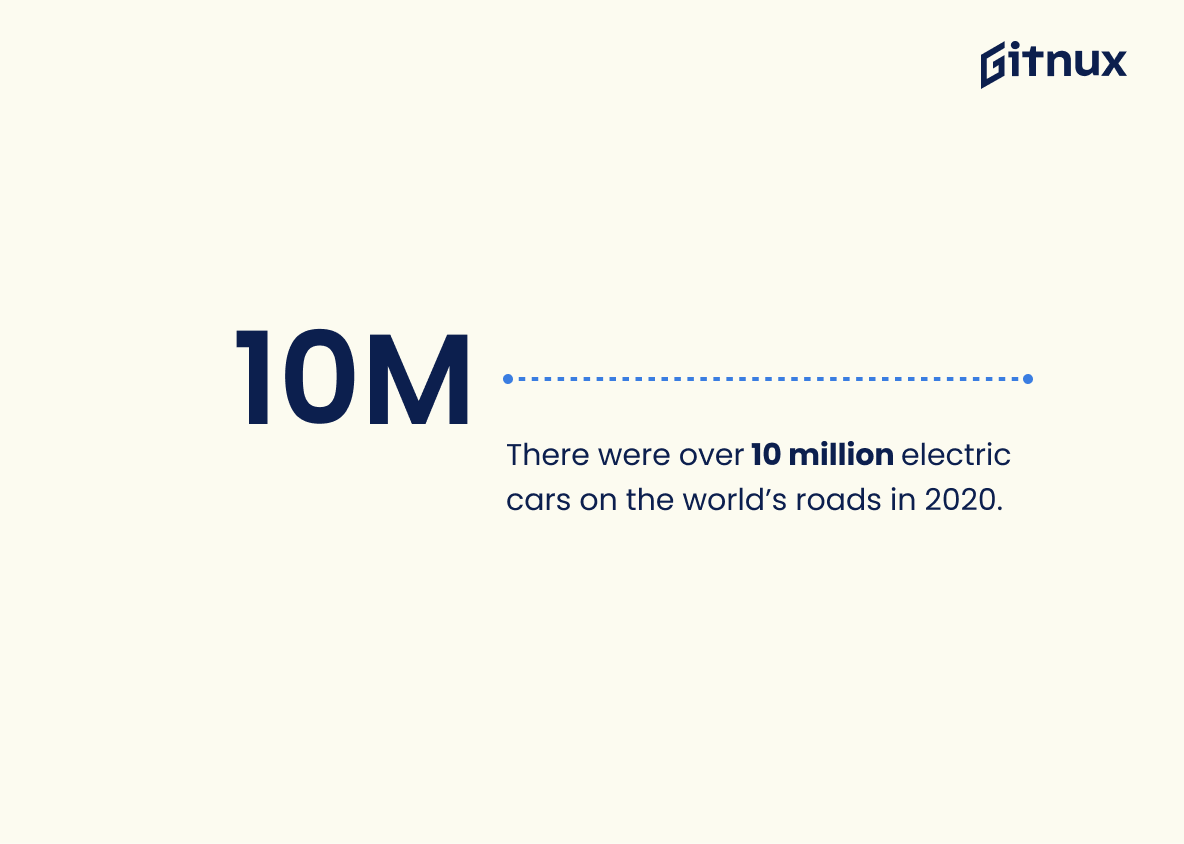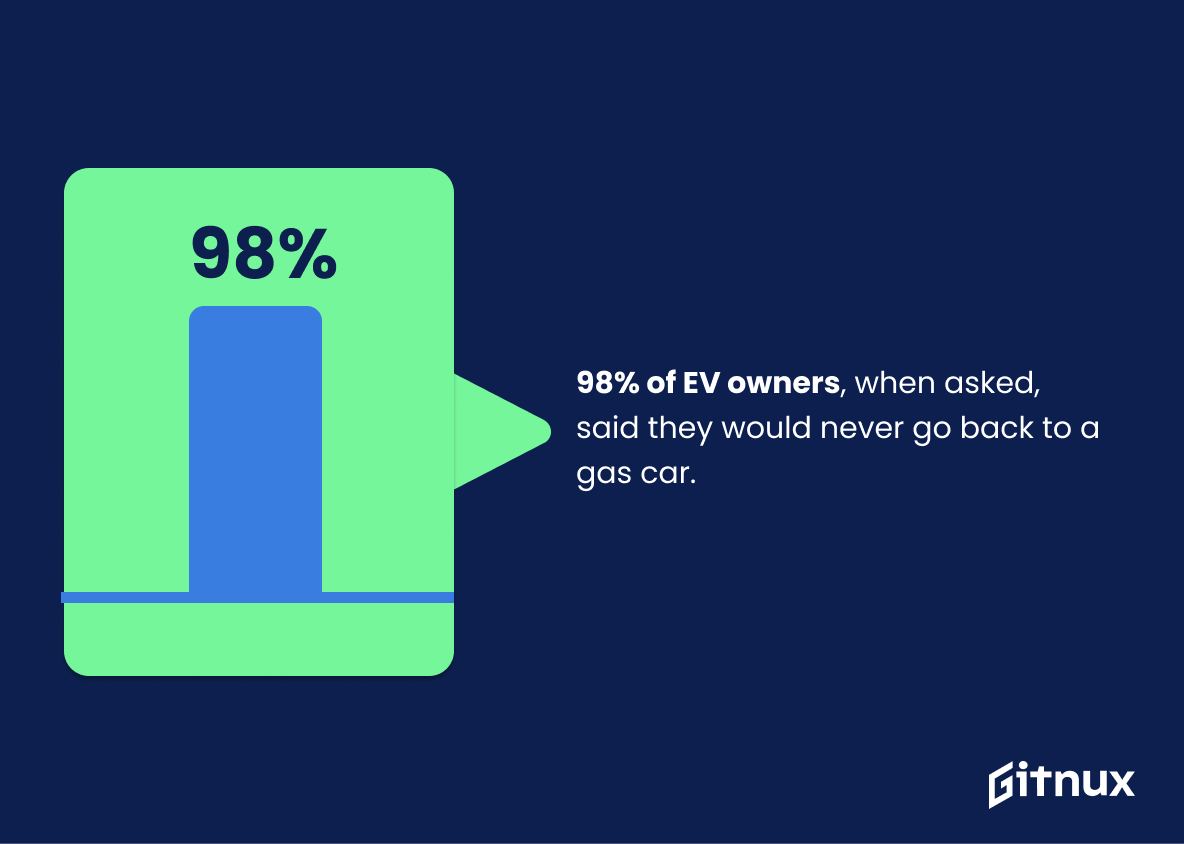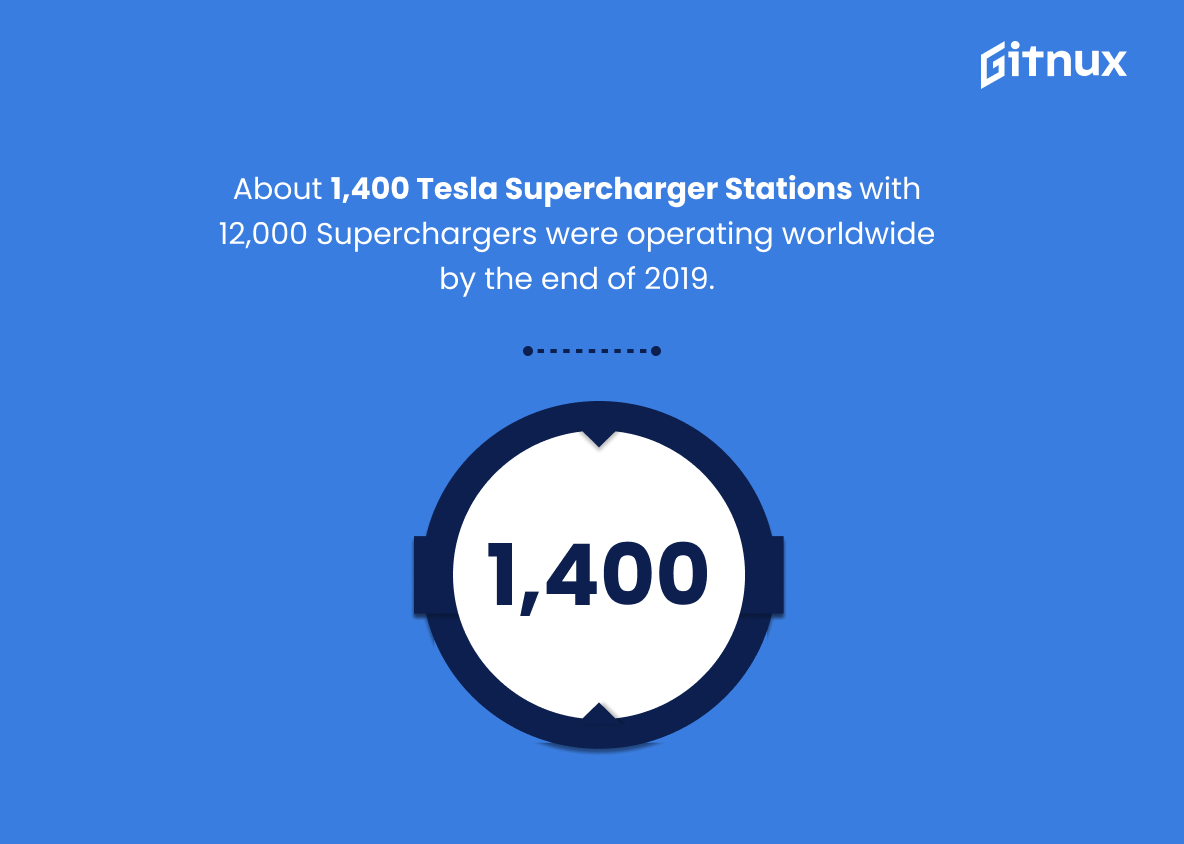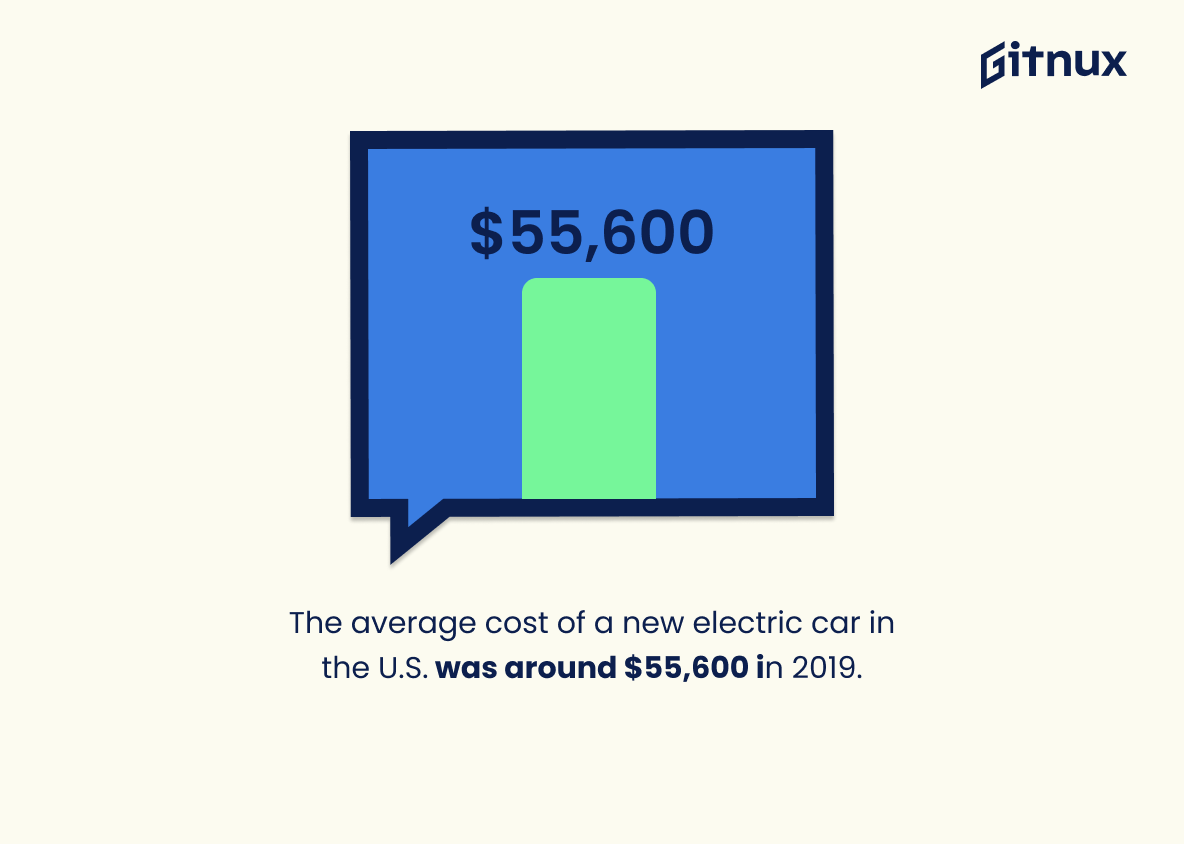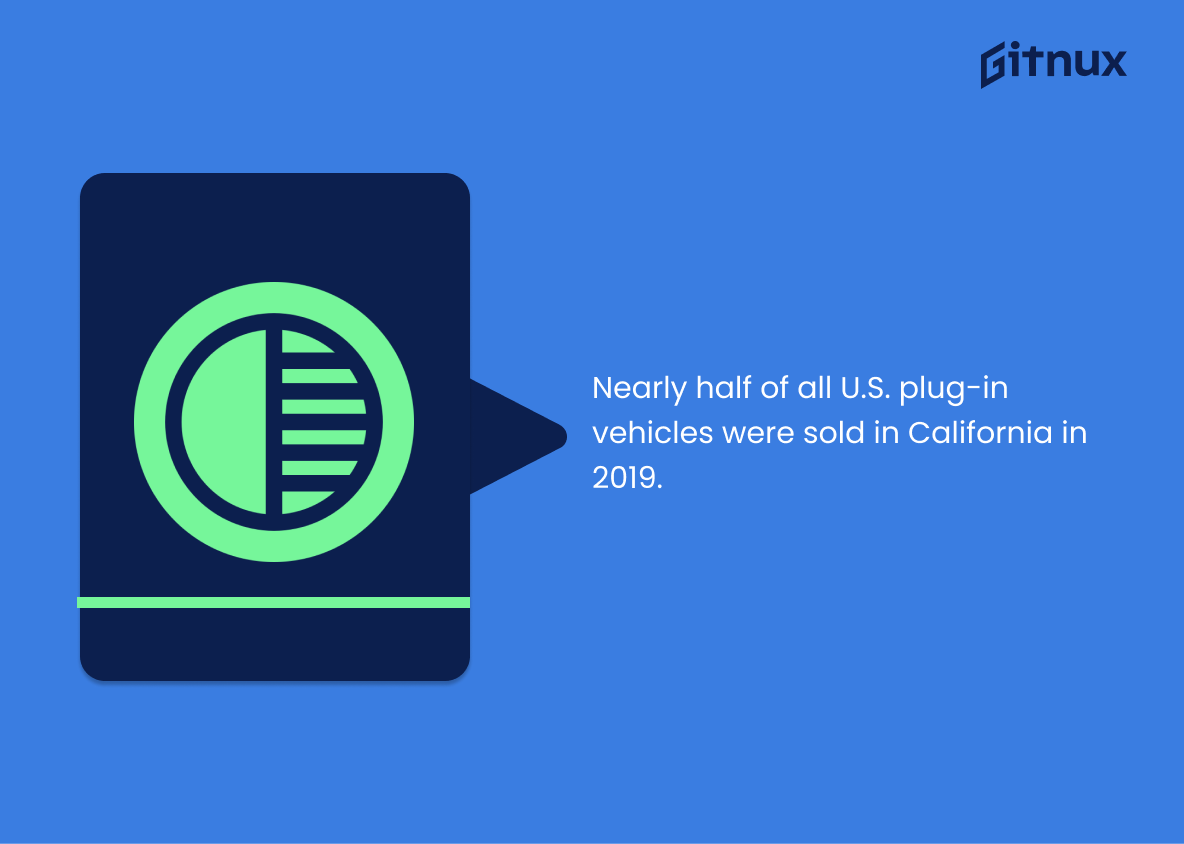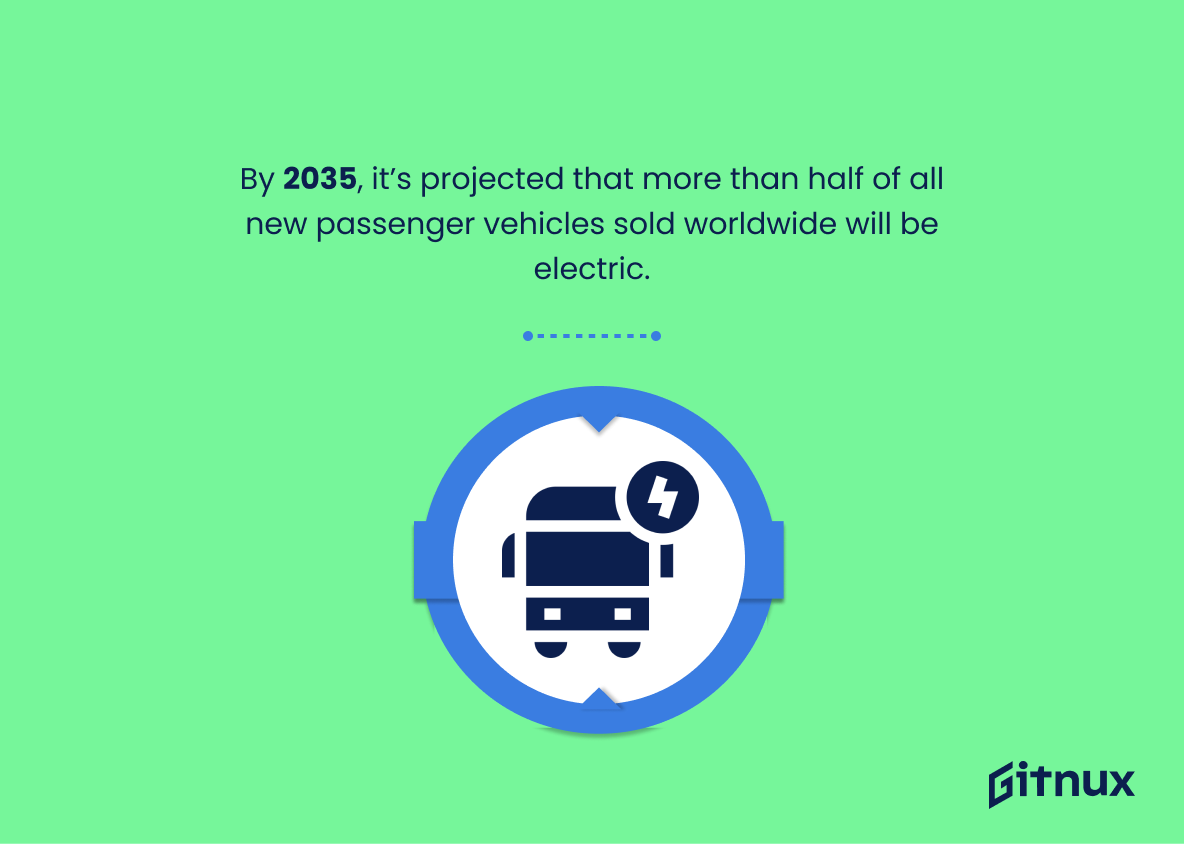As the world continues to steer towards a greener and more sustainable future, the spotlight has unmistakably landed on electric vehicles (EVs). Evolving technology, supportive government policies, and increased consumer awareness are revving up the global shift from internal combustion engine vehicles to EVs. As a result, the transformative power of electric transportation is no longer a futuristic vision, but an unfolding reality. In this blog post, we’ll explore the hard-hitting statistics that underscore the accelerating growth and adoption of electric vehicles worldwide. We aim to provide you with an up-to-date overview, revealing key insights into this dynamic and rapidly changing industry. So, sit back, fasten your seatbelt, and come along for an electric ride into the realm of electrifying data and intriguing facts about the world of EVs.
The Latest Electric Vehicles Statistics Unveiled
By 2040, 54% of new car sales and 33% of the global car fleet is projected to be electric.
Visualize the year 2040: Every second car you see whizzing by will be electric, a tribute to the technological stride made in the automotive industry. This projection is no sci-fi fantasy. According to a statistic, 54% of new car sales will be dominated by electric vehicles. This groundbreaking shift to electrification implies an imminent revolution, not just for car enthusiasts but for the entire globe.
Drilling deeper, consider this: that flashy electric vehicle could be part of the 33% global car fleet anticipated to be electric. This points at a colossal transition, painting a clearer picture of our planet’s future, one where sectors such as fuel, infrastructure, and housing will have to adapt. Shifting gears to a more sustainable vehicle usage paves the way to cleaner streets, quieter cities, and a noticeable impact on climate change.
All in all, these numbers are not just percentages, they represent the quiet hum of an electric revolution on a global scale. A revolution that goes beyond the realm of the automotive industry, pushing for sustainable innovations and driving us towards a greener, healthier world. So, when you look at an electric vehicle today, remember that you’re looking at the face of the future.
Electric vehicles (EVs) will hit 10% of global passenger vehicle sales by 2025, with that number rising to 28% in 2030 and 58% in 2040.
Weaving the future with the threads of today, these numbers offer readers a vivid glimpse into the potential growth trajectory of the EV market. They serve as beacon, lighting the path towards a world increasingly warmed by the embrace of electric vehicles. By 2025, we can expect every tenth vehicle sold worldwide to be electric, a powerful illustration of our shifting transportation paradigm.
Allow your imagination to travel a decade further to 2030, where nearly a third of all vehicles sold will be electric, echoing society’s sustainability values in tangible sales numbers. By 2040, our expectations are elevated even further as we gaze upon a horizon where more than half of all vehicles sold will hum with electric power. These numbers echo a resounding shift, a crescendo of innovation and acceptance that lends great weight to the unfolding narrative of electric vehicles.
China accounted for 41% of EVs sold in 2018.
Plunging into the electric vehicle market, the vigorous rise of China is a pivotal point to consider. The astounding proportion of 41% of EVs sold in China in 2018 paints a vivid picture of China’s dynamism in embracing this cutting-edge technology. This fact mirrors China’s aggressive shift towards sustainable transportation, showcasing the nation’s strong commitment towards ecological preservation. This substantial percentage underlines not only the vast potential of the Chinese market for EV manufacturers but also the country’s impactful role in reducing global carbon footprints.
Norway has the highest adoption rate of EVs, with 49.1% of all new cars sold in 2020 being electric.
Highlighting Norway’s staggering 49.1% adoption rate of EVs underscores the monumental shift happening in the global automobile industry. In a landscape once ruled by petroleum-based vehicles, the upsurge of EVs that Norway demonstrates signals the dawn of a new era. Painting a picture of a possible future, it illustrates the potential of electric vehicles to dominate the market. This data point provides tangible proof for skeptics and naysayers, underscoring the reality that widespread adoption of EVs isn’t a matter of ‘if’, but ‘when’. For any EV enthusiast or industry stakeholder, this is an inspiring testament to the accelerating pace of change, setting a benchmark for other countries worldwide. It serves as a beacon, illuminating the pathway to a more sustainable and cleaner future.
An EV, on average, produces less than half the emissions of a gasoline-powered car over its lifetime.
Peeling back the layers of the statistic ‘_An EV, on average, produces less than half the emissions of a gasoline-powered car over its lifetime_, one reveals an astonishing truth. It holds a mirror up to the significant potential of Electric Vehicles (EVs) in contributing to the global green agenda. This fact casts a spotlight on the pivotal role EVs play in slashing greenhouse gas emissions, a major contributor to climate change. In the panorama of EV statistics, this highlight isn’t just an interesting number – it showcases the profound ecological footprint of EVs. By shifting gears to electric mobility, we move leaps and bounds closer to a cleaner and more sustainable planet.
Over two million electric vehicles were sold worldwide in 2018.
Bearing witness to the accelerating pulse of technological innovation, it’s astonishing to note that in 2018 alone, the world saw over two million electric vehicles wheeling off the lot. This accelerative surge not only validates the growing global faith in electric mobility but also underlines the colossal potential within this enterprising sector, especially noteworthy for an electric vehicles statistics blog post. Grappling with such enormous figures reinforces the unstoppable momentum of the electric vehicles industry and certifies it as an indisputable future of sustainable transportation.
Global EV sales are forecasted to grow from 2.5 million in 2020 to 11.2 million in 2025, then reach 31.1 million by 2030.
The electrifying surge in the projected global sales of EVs – leaping from 2.5 million in 2020 to a staggering 31.1 million by 2030 – paints a vivid picture of the unstoppable momentum gathering pace in the EV market. Expected to quadruple in just 5 years, these number underscore a revolutionary shift within the auto industry, reflecting heightened consumer appetite for greener, more energy-efficient modes of transportation. This forward thrust into the future of motoring, mirrored in the ambitious 2030 forecast, captures the essence of entering a new era of energy consumption and environmental consciousness. The spotlight on the rapidly ascending demand for EV points to a future where traditional combustion engines might well become an anachronistic echo of the past.
There were over 10 million electric cars on the world’s roads in 2020.
This riveting figure of over 10 million electric cars cruising the world’s roads in 2020 paints a vivid picture of a shifting global focus. It’s a vivid testament to the undeniable transformation towards sustainable mobility and a cleaner future. It stands as a giant milestone, showing that we’re not just daydreaming about a world where electric vehicles dominate the roads, but rather experiencing an active, accelerating transition. Additionally, it offers a glimpse into a forthcoming potential boom in the EV industry, bringing with it tremendous opportunities for innovation and investment.
98% of EV owners, when asked, said they would never go back to a gas car.
In the landscape of electric vehicles, this intriguing statistic serves as a significant beacon, painting a portrait of a rapidly shifting automotive ethos. The eye-catching ‘98% of EV owners affirming they would never go back to a gas car’ provides a powerful testament to the satisfaction level experienced by Electric Vehicle (EV) users. This not merely denotes preference but embodies a decisive vote in favor of EVs, potentially reflecting on their superior efficiency, sustainability, and cost effectiveness. Greater than mere numbers, it speaks volumes about consumer preference trends, thereby acting like a compass for industry stakeholders and policymakers. For blog readers, it widens horizons, allowing them to view the electric vehicle industry through a lens of strong consumer satisfaction and growing adoption, fueling informed discussions and decisions.
About 1,400 Tesla Supercharger Stations with 12,000 Superchargers were operating worldwide by the end of 2019.
Delving into the world of electric vehicles (EVs), there is a crucial metric that underscores the advancing accessibility and practicality of this eco-friendly technology. The impressive statistic of Tesla operating around 1,400 Supercharger Stations with 12,000 Superchargers across the globe by the end of 2019, illustrates a vibrant and swift expansion of EV infrastructure. This not only reflects Tesla’s rapid growth but also the increasingly easier life of EV owners. The growing number of Superchargers significantly reduces the major concern of battery range anxiety and promotes the wider adoption of EVs. Therefore, this particular statistic serves as a beacon of the impending paradigm shift toward a future dominated by electric vehicles.
The Tesla Model 3 was the best-selling electric car in the world in 2018.
The riveting rise of the Tesla Model 3 to becoming the best-selling electric car globally in 2018 functions as a pulsating plotline within a narrative of the electric vehicles’ grand revolution. Unveiling this statistic enriches our understanding of the market dynamics, with Tesla’s ascend to the top, serving as a concrete testament to the growing appetite for electric cars. As we delve into the electrifying story of the automobile industry, this statistic shines a spotlight on the compelling performance of one protagonist, giving the audience a vivid view of the terrain being explored.
The average cost of a new electric car in the U.S. was around $55,600 in 2019.
Shining the headlights on the average cost of a new electric car in the U.S, which hovers around $55,600 as of 2019, provides a powerful gauge in our electric vehicle statistical exploration. This figure is a critical point of reference, accentuating the economic aspect of this industry. It gives readers an insight into the potential investment needed to join the electric vehicle revolution, thus helping to frame the discussion around the relative affordability or expensiveness of these eco-friendly machines. Such knowledge could be pivotal for potential buyers, policy makers, and investors when making crucial decisions about transitioning from combustion-engine vehicles towards a more sustainable future.
In 2020, the United States had around 331,000 public and private electric vehicle charging outlets.
Highlighting the figure of approximately 331,000 public and private electric vehicle charging outlets in the United States in 2020 provides powerful insights into the rapidly expanding infrastructure necessary for supporting the widespread adoption of electric vehicles. It underscores the massive strides America is taking in paving the way towards a sustainable, eco-friendly future, signaling a wave of change in the automobile industry. It also paints an encouraging picture for potential EV buyers, assuaging concerns about the availability of charging stations. Lastly, it serves as a benchmark for forecasting the continued growth in charging outlets, crucial for planning by both policymakers and industry leaders.
Nearly half of all U.S. plug-in vehicles were sold in California in 2019.
Reflect on how this particular statistic provides a vivid snapshot of the Electric Vehicles (EV) market in the United States. It illuminates the geographical skewness of EV adoption, showcasing California not just as the epicenter of such progression but, in fact, its overwhelming catalyst. With California making up nearly half of all U.S. plug-in vehicles sales in 2019, it generates a powerful comment on the pace at which the state is embracing the EV revolution. Moreover, it calls for a further in-depth analysis of the factors contributing to this high concentration, such as policy support, infrastructure, and consumer preferences. Consequently, EV manufacturers, policy makers and infrastructure planners might find this data invaluable to track progress and strategize future directions.
By 2035, it’s projected that more than half of all new passenger vehicles sold worldwide will be electric.
This projection, revealing a burgeoning global shift towards electric vehicles by 2035, illuminates several crucial narratives in the world of automobile technology. Firstly, it underscores the growing consumer appetite for more sustainable and environmentally friendly transportation methods, highlighting the shrinking market for traditional gasoline-powered cars. Secondly, it signals the transformative potential of electric vehicle technology and its implications for the fossil fuel industry, environmental policy, and global energy consumption patterns. Lastly, it serves as a testament to the power of innovation and adaptability in the face of pressing environmental issues, a core theme in any discourse about electric vehicle statistics.
The electric vehicle market was worth $162.34 billion in 2019.
Examining the value of the electric vehicle market in 2019, which stood at a whopping $162.34 billion, provides an intriguing perspective on the scale and potential of this innovative industry. This succulent figure, more than just a number, is a testament to the growing global acceptance and adoption of electric vehicles. It underscores the momentum that this market segment has generated, painting a hearty picture of the increasing preference for sustainable, cleaner means of transport. Consequently, it sets the stage for a vibrant discussion of electric vehicle statistics in this blog post.
In 2020, there were 10.8 million electric vehicles in the world.
Highlighting that there were 10.8 million electric vehicles globally in 2020 provides a compelling snapshot of the rapidly accelerating growth in the electric vehicle market. This figure punctuates the profound shift in consumer behaviour and monumental transition within the automotive industry, reflecting the increasing societal acceptance of this environmentally friendly method of transportation. Framing the narrative around this datapoint, can spur readers to consider electric vehicles as not just a trend of the future, but a significant element of the present day vehicular landscape. Furthermore, it emphasises the extent to which technological advancements and efforts toward sustainability are progressively converging, reshaping our approach to transportation.
As of May 2020, electric vehicles maintained their value over time 2.3 times better than average internal combustion vehicles.
In the sphere of Electric Vehicles (EVs) discussion, this statistic plays a noteworthy role, sowing seeds of enduring value into the narrative. As of May 2020, maintaining their value 2.3 times better than the average internal combustion vehicles, EVs serve as a testament to their durability and excellent return on investment over time. Those enthusiastic about the promise of green transport and energy efficiency might see this as a beacon, illuminating EVs as not only ecologically responsible but economically beneficial as well. This robust figure does more than just report – it guides, persuades, and paints electric vehicles as a smart choice for long-term investment. Thus, it adds an influential punch to the blog post about Electric Vehicle Statistics.
In the United States, the electric vehicle market share went from 1.6% in 2019 to 2.3% in 2020.
As we journey through the electrifying landscape of Electric Vehicle statistics, it’s impossible not to observe the significant progress in the market share. A leap from 1.6% to 2.3% within the United States from 2019 to 2020 may seem minuscule to the untrained eye. However, in the grand domain of vehicle sales, this notable increase signals a shift in consumer preferences and adoption rate. The journey to reducing carbon footprint is being set afoot as more vehicle users are steering towards an electric future. Such a statistic underlines a burgeoning interest, and more importantly, trust, in electric technology. It serves as a harbinger of the imminent electric revolution in the automobile industry. Understanding this change is crucial as it equips us to ride the wave of this transformation rather than being swept by it.
Global electric vehicle sales represented 2.5% of all vehicle sales in 2019.
Insights like these fuel our understanding about the burgeoning influence of electric vehicles (EVs) in the global market. By recognizing that EVs accounted for 2.5% of total vehicle sales in 2019, we get a glimpse into the future trajectory for cleaner, greener roadways. This figure, seemingly small, broadcasts a subtle yet significant shift in consumer preferences and habits towards more environmentally friendly options and pioneering technology in transportation. Enjoy the drive into the data-laden world of EVs where each percentage point holds the key to interpreting market trends, consumer behavior and technological advances.
Conclusion
In sum, the surge in electric vehicles’ popularity reveals a significant shift in global transportation trends. The statistics we have discussed indicate growing public awareness about the environmental benefits of electric vehicles, the economic advantages they offer, and the increasing willingness of governments and private companies to invest in this technology. As a result, the EV sector continues to evolve, setting new benchmarks and recasting future transport norms. While challenges remain, such as infrastructural development for charging stations, the overall picture is one of rapid growth and promise. Therefore, it’s safe to conclude that electric vehicles are not just a passing fad but a critical part of our sustainable future.
References
0. – https://www.www.statista.com
1. – https://www.ourworldindata.org
2. – https://www.www.fortunebusinessinsights.com
3. – https://www.www.caranddriver.com
4. – https://www.ev-sales.blogspot.com
5. – https://www.pluginamerica.org
6. – https://www.about.bnef.com
7. – https://www.www.tesla.com
8. – https://www.www.cars.com
9. – https://www.www.cnbc.com
10. – https://www.elbil.no
11. – https://www.www.ucsusa.org
12. – https://www.www.iea.org
13. – https://www.www.greentechmedia.com
14. – https://www.californiacenter.org
15. – https://www.www.jpmorgan.com
